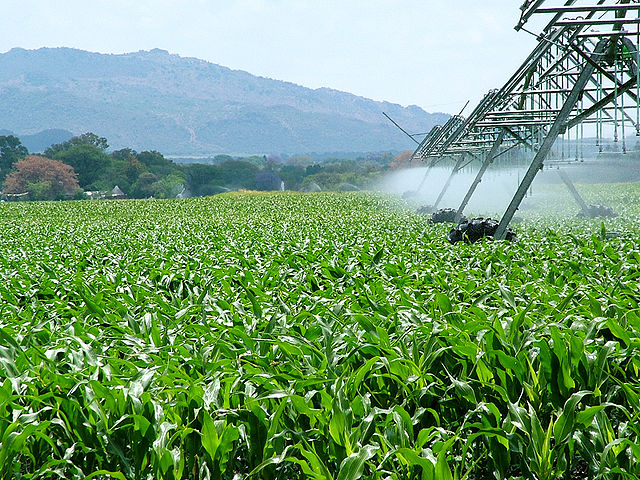Angola in July 2025 welcomed successive corn/maize (Zea mays) and soybean investments across 130,000 acres by two companies from China.
According to Bloomberg, Citic Construction Co. will invest $250 million in cereal/oilseed cultivation on 100,000 acres of land, up to 2030.
The trailblazing Sinohydro company also inked a $100-million contract to construct a large grain corridor, 60% of whose output for export to China.
Redeeming Corn Production
As Beijing invests in alternative food import bases in these trade war times, it will boost Angola’s currently insufficient corn production.
The U.S. Department of Agriculture (USDA) estimates 2024-25’s corn production in Angola at 2.2 million tonnes, below the 2019-24 average of 2.889 million tonnes.
However, maize/corn output in the 2025-26 period will rise to 3 million tonnes, according to the same report.
Annual demand clocks 4.5 million tonnes, necessitating imports of 50% of all national corn needs from mainly Brazil and South Africa.
Fast-tracking the Soy Area
Another export crop with low cultivation footprint but high potential is soy – no wonder China’s ongoing investments.
The crop has nevertheless been attracting steady acreage lately, at 42,920 hectares in 2023, per the Food and Agriculture Organization (FAO).
With China’s Sinohydro and Citic dramatically expanding investments, the cultivated area could grow exponentially.
In totality, investments might reduce reliance on imports of both corn and soy. Conversely, Angola imports around $148 million of soy and vegetable oil each year from the United States alone. For a more holistic review of the soy and corn sectors in the South African country, skim the following statistics.
Angola Corn/Soy Statistics
Angola is one of the most food import-reliant nations on earth, with inbound shipments representative of 50% of national consumption. This is despite the country boasting 58 million hectares (ha) of undeveloped agricultural land and 35 million ha more of arable land. This information is courtesy of the International Trade Administration, in a 2025 report.
In the cultivated land portion, corn in Angola covered 2.797 million ha in 2023 while soy 42,920 ha. Below is a full snapshot of corn and soy acreage between 2021-23, using the FAOSTAT’s data.
| Year | Corn Acreage [Ha] | Soybean Acreage [Ha] |
| 2023 | 2,796,510 | 42,920 |
| 2022 | 2,758,105 | 36,263 |
| 2021 | 2,741,091 | 36,437 |
How much corn does Angola consume per year, against production?
From 2015 through 2024, Angola averaged between 1.878 and 3.215 million tonnes in harvested corn per year, according to the USDA. Of this domestic total, nominal consumption was at 4.5 million tonnes, which means 50% of the total shipped from abroad. Some other estimates however put domestic annual corn utilization at 10 million tonnes.
Does soy oil have potential in Angola?
Angola imports $148 million in annual soy/vegetable oils from the United States alone, which indicates high soy sector potential.
Where do soybeans grow in Angola?
Angola has generally fertile plains, most of it undeveloped, that can facilitate soybean cultivation. Notably, a single farm in Pedro do Feitiço, Zaire province, boasts 2,000 hectares of soy fields.
